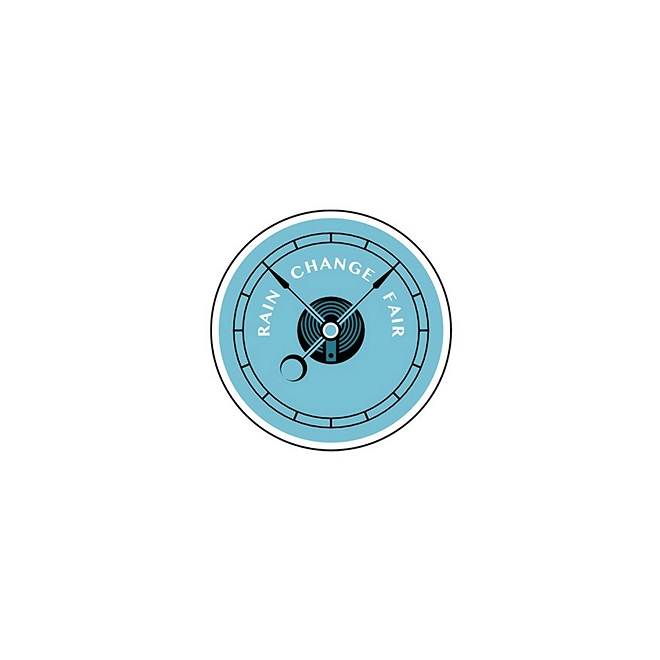Imagining Tomorrow
Making Decarbonisation a Reality
Australia is set to become the world leader in the energy transition in the long term, based on its proven ability to deliver large infrastructure to achieve the fastest transition to an overwhelming share of renewable sources in its energy mix.
Deloitte’s Imagining Tomorrow webinar brought together representatives from Rio Tinto, Infigen and Energy Australia to share their decarbonisation journeys in the second of a series of webinars.
Technology, Strategy and Transformation partner Cam Curtis said Australia has some of the best wind and solar resources in the world, with a 102GW pipeline of solar and wind power projects comprising of projects in nascent and advanced stages which should bring investor confidence in the market.
Under the Australian Energy Market Operator’s (AEMO) 20-year blueprint for Australia’s power generation, renewable generation may at times deliver 85 per cent of generation.
However the pathway for the renewables sector target achievement and attracting investment has its challenges.
“In the last quarter, investment in financially committed projects is down more than 50% than the quarterly average for 2019,” Cam said.
Renewables projects have been hit by grid connection challenges which are creating substantial challenges for renewable energy developers, and in turn, spooking clean energy investors.
“In summary, the ability to stay on trajectory will require continued regulatory reform, sensible energy policy, rapid improvements to grid connection processes and investment in the transmission backbone, and of course in energy storage.
“How we choose to build on strengths and encourage the government to endorse the right signals for investment to create sustainable and innovative future opportunities is ahead of us.”
Deloitte Energy Transition Partner John O’Brien said the goal posts are moving for companies as they seek to decarbonise.
“Scope three emissions are where the challenges will be for companies as they grapple with rapid change and some of the drivers, including investor pressure and community expectations.”
“We need to make ourselves more efficient as energy customers and users.”
At Rio Tinto, there is a commitment to reduce absolute emissions by 15 per cent and emissions intensity by 30 per cent by 2030, and net zero emissions by 2050.
Amy Brodie Hall, Rio Tinto’s Climate Change Centre of Excellence Principal Advisor shared her experience of organisational structure changes that had helped to put Rio Tinto on the path to decarbonisation – the creation of Rio Tinto’s Centre of Excellence for Energy and Climate Change and creating a single point of accountability for climate strategy and execution.
Infigen Energy Markets Executive General Manager Tim Nelson said decarbonisation was occurring rapidly in a very short amount of time.
45 per cent of investment in the electricity sector since the inception of the National Electricity Market had occurred in the last five years with the Renewable Energy Target driving emissions reductions in the electricity market.
Tim said one of the most important reasons for Australia to have a long-term durable carbon policy was to get the electricity sector where it needs to be in a much more staged and manageable investment thematic.
Australia needs to reduce emissions by 45 per cent by 2030 and needs investment in renewables to offset other sectors which require electrification.
There is work to do in terms of new investment and with customers, Tim said.
Energy Australia’s Climate Change Strategy Principal Anna Hancock said over the same five years Tim described the surge of investment in renewables, global average temperatures have increased over 0.2°.
Self-evidently, the energy sector has great potential to decarbonise “but it’s stop-start.”
With the energy system highly interlinked, decarbonising calls for the sector to solve what becomes a six-way equation, Anna said.
It requires balancing affordability, and at times investment in transmission can be a subset of that, reliability, energy system security, worker outcomes, regional resilience and adequacy of earnings for private sector participation.
Wind and solar energy now powers around 17 per cent of the east coast market, and as penetration increases, we have the more complex task of trying to complete a full 24 period without gaps, using generators that each have very different constraints.
“I liken it to a fast-paced game of Tetris where the aim is to complete a row with the available shapes,” Anna says.
“With every year that passes, the balance of what is scarce and what’s abundant is shifting.”
Last month the system at times experienced its lowest demand in 20 years as a result of more households using solar panels and improving energy efficiency.
Anna observed while we navigate the clean energy transition, and we continue to use gas to firm wind droughts, there is a strong opportunity for participants in the sector and beyond to invest in carbon offsets.
Anna pointed to the east coast energy systems emissions intensity, which fell from 0.8 to 0.7 (tCO2e/MWh) within the last two years.
“It’s a reminder to focus on something that doesn’t get much airtime: and that’s to refocus on electrification. Already, electrification offers efficiency, and it promises true carbon neutrality hand-in-hand with the grid.”
Deloitte Sustainability & Climate Change Partner Paul Dobson said while the path toward decarbonisation was challenging it is heartening to see organisations pushing forward on their journey.
“COVID has certainly impacted but climate change is still a focus which is great, and collaboration, working in partnership is the only way we are going to solve it,” he said.



